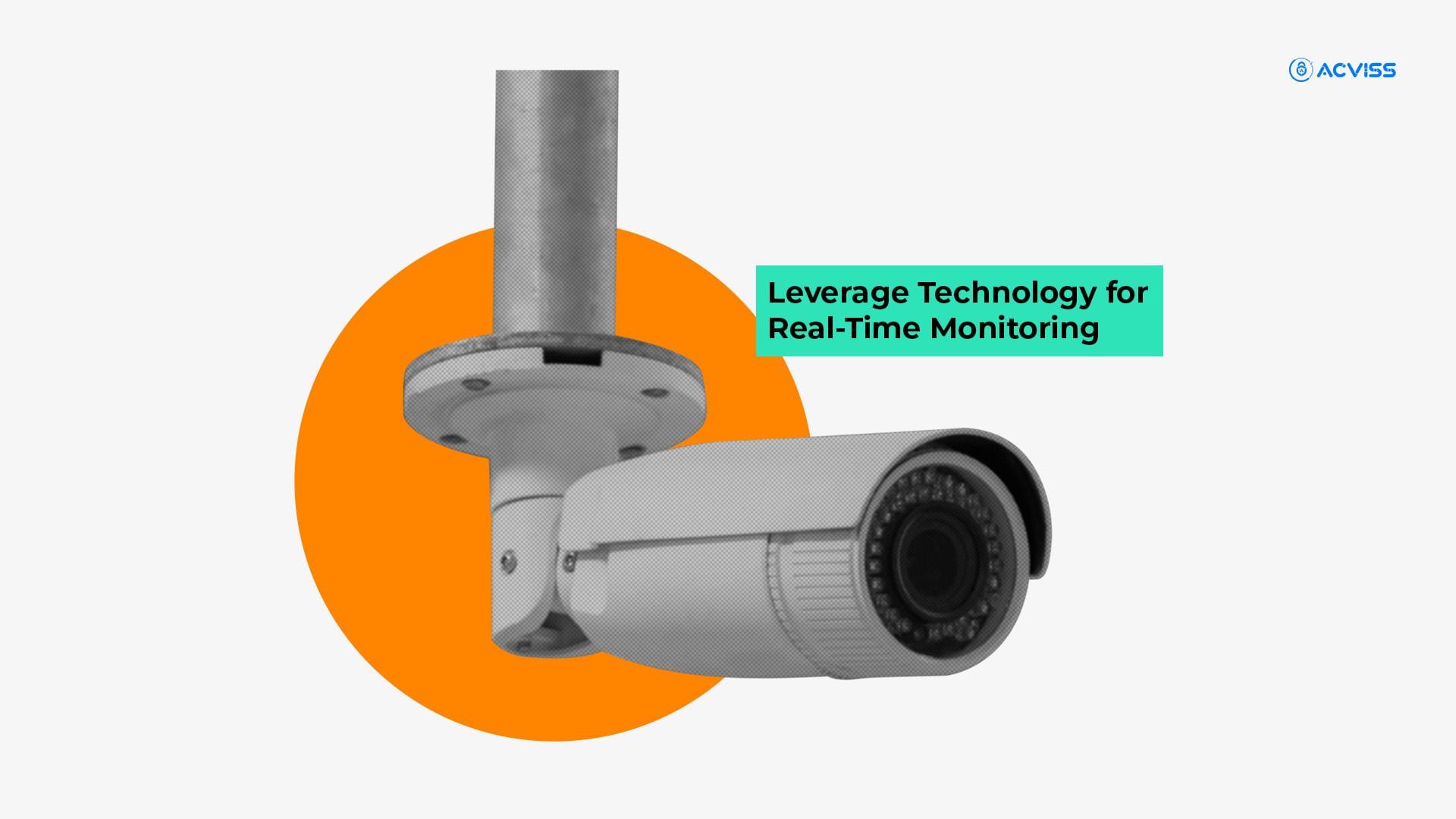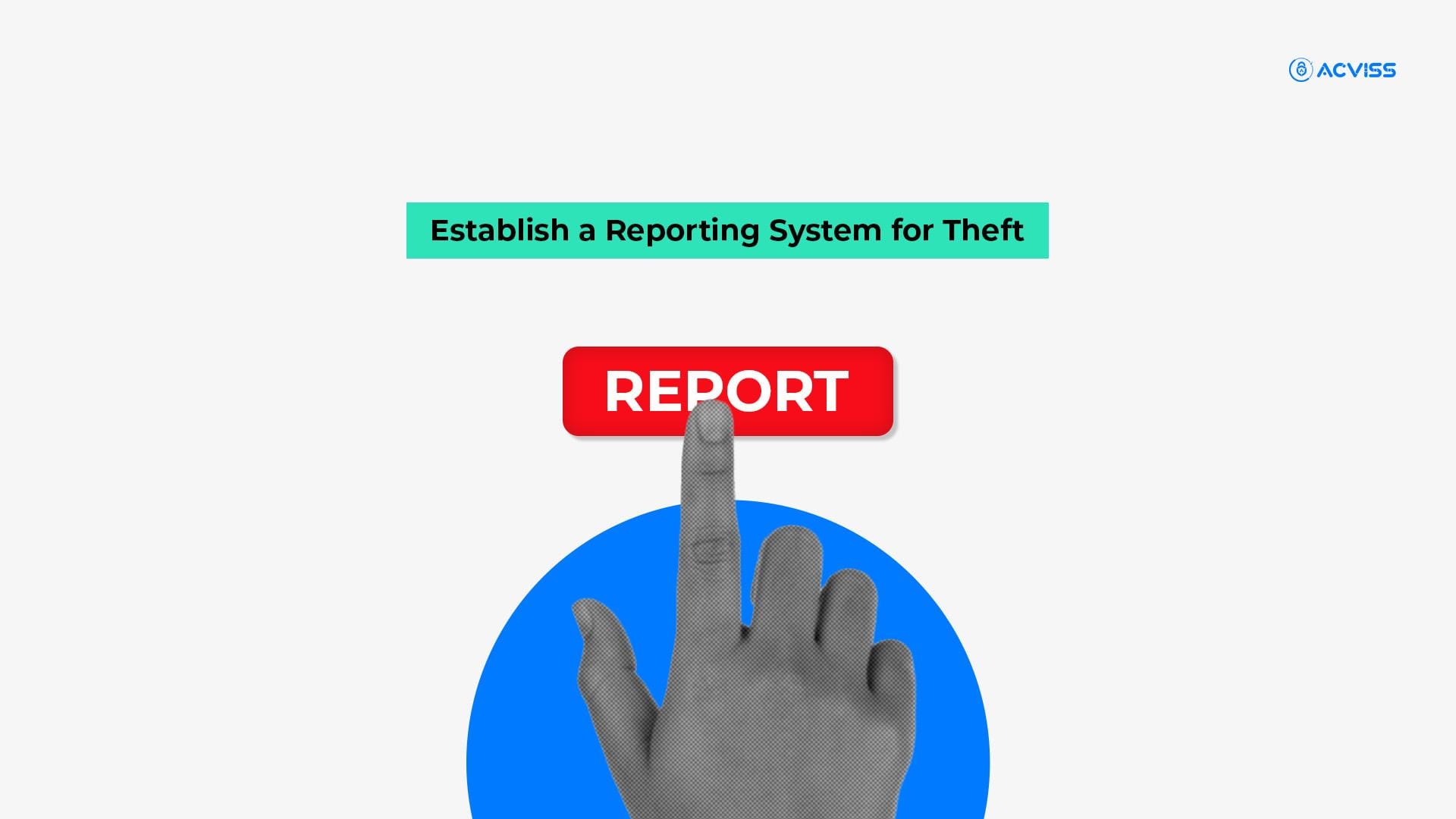How to Decrease Shopfloor Theft: Best Practices for Protecting Your Business

Shopfloor theft is a serious concern for manufacturers, warehouses, and retailers. It affects profits, and employee morale, and can even disrupt supply chains. Whether it's small-scale pilferage or large-scale theft, businesses must implement strong prevention strategies to safeguard their assets. We’ll explore practical tips and modern solutions to reduce shopfloor theft, ensuring a more secure and efficient workplace.
8 Ways to Reduce Shop floor Theft
1. Improve Access Control
One of the simplest yet most effective ways to reduce theft is by controlling who has access to specific areas of your facility. Implementing physical barriers, access control systems, and employee badges can help limit unauthorized entry.
Key Steps:
- Use electronic keycards or biometric access systems for restricted areas.
- Install surveillance cameras in high-risk zones, such as stock rooms or shipping areas.
- Conduct regular audits of employee access logs to detect unusual activity.
2. Increase Employee Awareness and Training

Your employees are your first line of defence. Ensuring they are aware of the company’s anti-theft policies and the consequences of theft can deter potential incidents.
Training Tips:
- Hold regular security awareness workshops.
- Train staff on recognizing and reporting suspicious behaviour.
- Emphasize the importance of adhering to company protocols.
3. Leverage Technology for Real-Time Monitoring

Modern technology offers businesses robust tools to monitor and secure the shop floor. IoT (Internet of Things) devices and track and trace systems can provide real-time visibility into your inventory and workforce movements.
Key Technologies:
- CCTV and Motion Sensors: Install strategically to cover blind spots.
- RFID Tags: Use radio-frequency identification to track high-value items and prevent unauthorized removal.
- Anti-Counterfeiting Labels: Incorporate non-cloneable labels on high-theft products to monitor movements and ensure authenticity.
4. Conduct Regular Audits and Inventory Checks
Frequent inventory checks and internal audits help identify discrepancies early and prevent losses. These checks should not be predictable, as regular, scheduled checks can allow time for planning theft.
Best Practices:
- Implement random spot checks on inventory.
- Use track and trace solutions to automate inventory tracking and reduce manual errors.
- Regularly review shipping and receiving logs for anomalies.
5. Establish a Reporting System for Theft

Having a confidential and easy-to-use reporting system is critical. Encourage employees to report suspicious activities without fear of retaliation. Ensure anonymity for employees who report potential theft.
Steps to Set Up:
- Create an anonymous tip line or online reporting system.
- Make sure managers and supervisors act swiftly on reported incidents.
- Communicate the results of investigations to maintain transparency.
6. Implement Shopfloor Layout and Visual Deterrents
The design of your shopfloor can play a significant role in reducing theft. A well-organized, open layout with clear sightlines makes it harder for employees or intruders to hide stolen goods. Combining layout with visual deterrents like mirrors and signage can be highly effective.
Layout Strategies:
- Arrange workstations and inventory shelves to minimize blind spots.
- Place security mirrors in corners to enhance visibility.
- Use warning signs indicating that surveillance is active to deter potential thieves.
7. Integrate Anti-Theft Solutions into the Supply Chain
A comprehensive anti-theft strategy doesn't just end on the shop floor. By incorporating anti-theft measures throughout the supply chain, you can mitigate risks even before products reach the shop floor.
Solutions to Consider:
- Use track and trace systems to monitor goods from manufacturing to delivery.
- Utilize secure packaging methods with tamper-evident seals.
- Work with trusted logistics providers who prioritize security.
8. Build a Culture of Integrity
Promoting a culture of honesty and integrity can have a long-lasting impact on reducing theft. When employees feel valued and part of a transparent, trustworthy organization, they are less likely to engage in dishonest behaviour.
Culture Building Ideas:
- Foster an open dialogue environment where employees can voice concerns.
- Implement loyalty programs that reward employees for reporting theft or maintaining clean audits.
- Create an employee engagement program that highlights the importance of trust and accountability.
Being Proactive
Reducing shopfloor theft requires a combination of proactive measures, advanced technology, and employee engagement. Implementing these strategies significantly decrease the risk of theft and protect your bottom line. Investing in modern solutions like track and trace systems, RFID tags, and anti-counterfeiting labels ensures a more secure, transparent, and efficient workplace.
If you're looking for cutting-edge solutions to enhance your shopfloor security, explore Acviss's range of anti-counterfeiting, track & trace, and supply chain visibility tools. Get in touch with us today to learn how our solutions can help safeguard your business!
